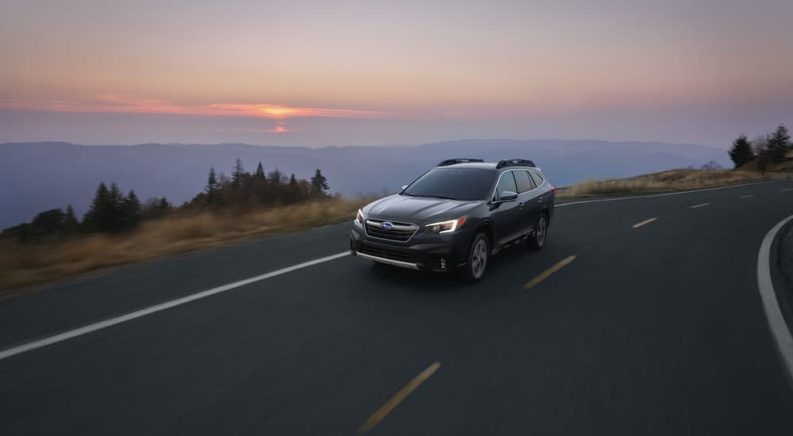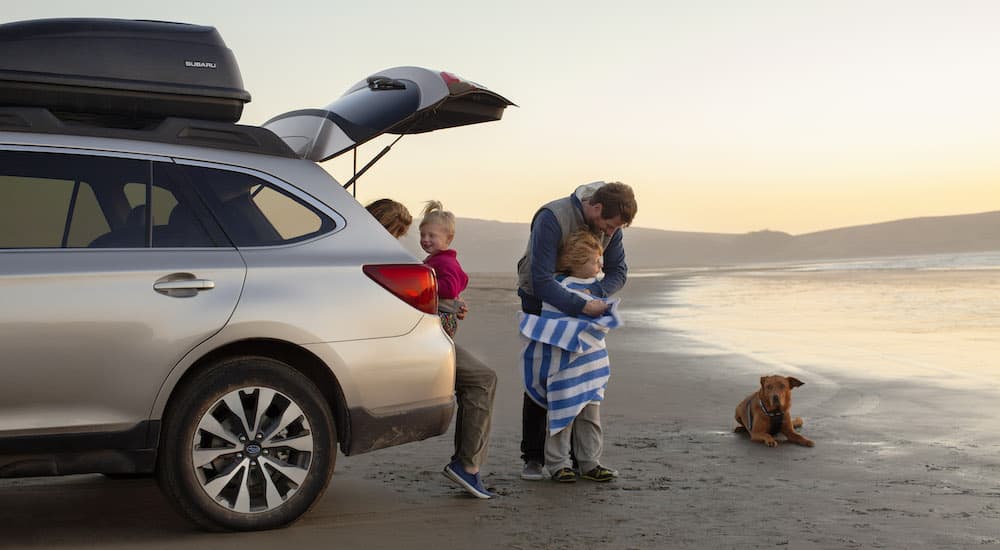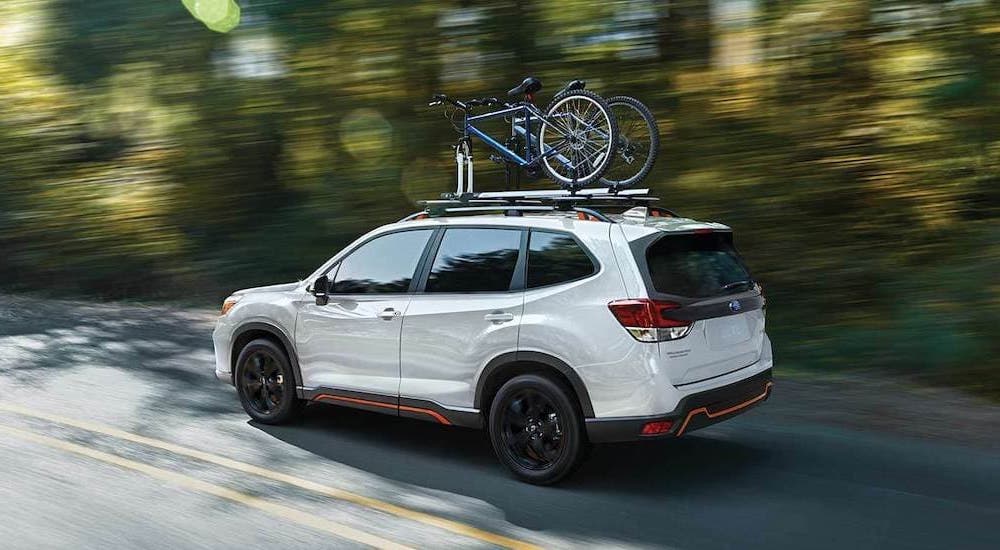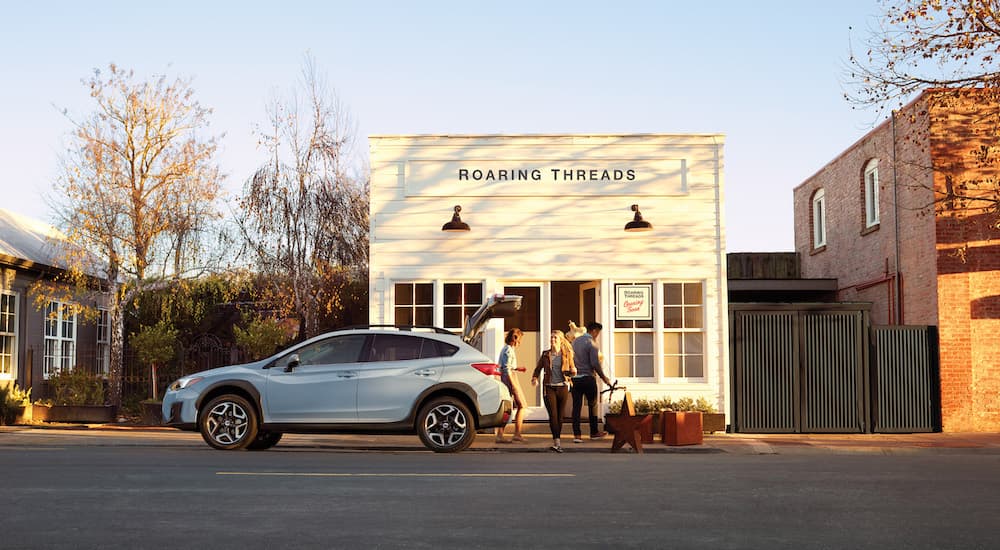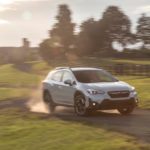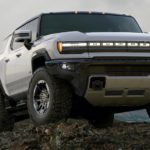Supply chain issues, a global microchip shortage, and inflation have all combined to wreak havoc on the automotive world in recent years, changing the landscape in a way that could become the new normal. These days it feels like simply thinking, “Should I sell my car?” will cause dealers to pop out of the woodwork with instant cash offers in hand, ready to snatch up any working vehicle to meet the historic demand and capitalize on high prices.
The trend is especially pronounced in the new vehicle market. While many industry analysts believed that car prices peaked in December of 2021, recent data shows that prices are rising as fast as ever, with buyers now paying an all-time high of $48,182 on average to secure a new ride. The forecast doesn’t look much better in the near future: microchip shortages aren’t expected to resolve until 2023 at the earliest, and a few consecutive years of low inventory has taught dealers that keeping too many vehicles on the lot can drive down value. These factors create an unfortunate reality for new car buyers who expect limited options, high prices, and few advertised discounts in the coming years.
In this unfortunately record-setting time, used vehicles have followed the same trend. Used car buyers paid $28,219 on average in July 2022, which has continued to rise month-over-month over the last year and a half. This is largely due to high prices in the new vehicle market, which has driven more and more drivers to explore used options. While that’s bad news for buyers, it represents a real opportunity for those looking to sell their used vehicles, which can earn as much as 40 percent more than they would have back in 2020. That said, wholesale prices have begun to fall in recent months, signaling a possible end to this automotive boom that could see used vehicle prices fall by 20 to 30 percent.
So how is a seller supposed to capitalize on the used vehicle market while it’s still red-hot? Well, it helps to be selling a popular vehicle. While the used market might be booming, that doesn’t mean every model is in-demand. Certain models have always remained popular regardless of market conditions, while others fall in and out of fashion. For example, full-size pickups have long dominated the US market, with the top three best-selling models all falling within the category. This is as true now as ever, though SUVs have eaten into pickups’ historically dominant market share as of late.
SUV sales, especially in crossover models, have shot up by 10 percent since 2020, with the segment now representing 45 percent of all new vehicle sales globally. Crossover SUVs have earned a reputation as a versatile, comfortable alternative to typical sedans and pickups, allowing drivers to explore off-road terrain while still providing superior convenience and driveability. Other trends are more tied to current economic conditions and sensibilities. Fuel-efficient vehicles, especially hybrids and all-electric EVs, have surged in popularity over the last few years as drivers seek to lower their operating costs and ease their carbon footprint.
From a seller’s perspective, this all means that any fuel-efficient SUV or crossover with decent off-road capability is now a hot commodity that can fetch a considerable return, given its appeal to a wide range of drivers. When it comes to combining these three factors, few automakers can touch the reputation of Subaru. The Japanese automaker has made a name for itself with a lineup of sporty-yet-comfortable crossovers that boast impressive fuel economy and, more importantly, all-wheel drive as a standard feature. The Subaru Outback and Forester are among some of the best-selling vehicles of the last decade, while newcomers like the Crosstrek continue to gobble up the market share. If you’ve got any of these three models sitting in your driveway, you could be looking at a big payday on the used market, so let’s take a closer look and see what makes the Subaru Outback, Forester, and Crosstrek so appealing to buyers.
Subaru Outback
2012-2021 sales: 1,566,419
KBB Consumer Review rating: 4.5/5
Average resale price: $14,364 (2015 model)
The Outback might be one of the most wholly original vehicles on the market today. A seamless fusion of comfort, capability, and efficiency, the Outback is arguably the forerunner of many of today’s crossover SUVs. The Outback started as a wagon in 1995 and shared many characteristics with the Legacy wagon it was based on. As automotive tastes changed over the years with the rising popularity of the SUV, Subaru retooled the model, elevating the ride height and giving the wagon a sportier, more aggressive appearance.
The transformation continued through the model’s second and third generations, with the Outback emerging as the midsize crossover SUV we know today, starting in the fourth generation (2010 to 1014). Like many Subaru models, the Outback has won praise for its versatile performance both on and off-road. Offered with all-wheel drive standard and featuring off-road ready tires, improved ride height, and plenty of cargo room, the Outback is a roomier alternative to Subaru’s other best-selling crossover, the Forester.
While there are plenty of fourth-generation Outbacks on the road today, the fifth-generation models really hit the sweet spot when it comes to the used market. This model Outback, produced between 2015 and 2019, features many of the safety, infotainment, and security features drivers have come to expect, which can make all the difference when closing a sale. Fifth-gen Outbacks feature a more powerful engine than their fourth-gen counterparts, and Subaru’s continuously variable transmission (CVT) was offered standard with the optional 3.6-liter engine.
On the tech front, the Outback received a raft of new infotainment features, including Apple CarPlay and Android Auto, but it was the inclusion of EyeSight as a standard feature starting in 2019 that set the Outback apart. This suite of advanced driving assistance and collision avoidance systems brings late-run fifth-generation Outback models firmly into the modern era with all the tech you need to feel safe and confident behind the wheel.
Subaru Forester
2012-2021 sales: 1,574,751
KBB Consumer Review rating: 4.3/5
Average resale price: $12,296 (2015 model)
With over 1.5 million models moved between 2012 and 2022, the Forester is Subaru’s most popular model of the last decade, bar none. This trend continued throughout the recent pandemic when Subaru moved an all-time high of 180,179 units despite flagging sales in nearly every sector. The appeal is at least partially due to the fact that the compact crossover SUV is among the brand’s most affordable options, which, combined with its spacious interior, resale value, and efficiency makes it an alluring option for those exploring the used market.
When it comes to fuel economy, few compact crossovers can match the gas-sipping thriftiness of the Forester. The fourth-generation model (2014 to 2018) posts a respectable 24 MPG in the city and 32 MPG on the highway. Those numbers have only improved over time, with the 2020 model offering an impressive 26 MPG in the city and 33 MPG on the highway. But how important is fuel economy in the used market? A recent Kelley Blue Book Brand Watch report found that it’s more of a factor today than at any other time in the past five years; a stat that increases the Forester’s appeal by a considerable margin.
When it comes to the used market, the fourth-gen Outback is in its prime. Subaru drastically improved the SUV’s interior starting in 2014, adding more room and refined ergonomics, but it was the inclusion of a CVT that upped the model’s appeal for those looking to save some money at the pump. By continuously shifting, the unique transmission can operate optimally at all times. The CVT also uses belts and pulleys instead of gears, which improves torque significantly, especially during stop-and-go driving. Like the Outback, later fourth-gen Forester models included the EyeSight collision avoidance system, as well as other cutting-edge (for the time) features like a Harman/Kardon audio system and keyless entry with push-button start.
Subaru Crosstrek
2012-2021 sales: 835,123
KBB Consumer Review rating: 4.3/5
Average resale price: $11,372 (2015 model)
A relative newcomer when compared to long-time favorites like the Outback and Forester, the Subaru Crosstrek made its debut in 2013. Designed to replace the Outback Sport in Subaru’s lineup, the subcompact crossover provided a fun alternative for those seeking a smaller alternative to the brand’s best-selling SUVs. Like the Outback Sport, the Crosstrek is essentially a lifted Impreza hatchback, though the later model has seen a substantially elevated lift over previous Outback Sport versions.
The novelty clearly hasn’t worn off, as the Crosstrek now has a decade under its belt. The Crosstrek is one of the rising stars in Subaru’s lineup, with the 2021 model earning the honor of quickest-selling vehicle in the country, according to a report from iSeeCars. The subcompact crossover spent an average of just 7.8 days on dealership lots, selling for an average of $29,230. The Crosstrek wasn’t the only Subaru model to perform so well in recent times, with the Forester earning a nod as the third quickest-selling model at an average of 9.5 days on the lot. These sales figures speak to Subaru’s timeless appeal and are especially relevant given the overall slowdown in the auto industry over the last few years.
Industry experts like Consumer Reports have been particularly compelling with the Crosstrek, which offers an ideal blend of safety, reliability, and performance. The magazine gave the Crosstrek an 84 out of 100 for reliability, but the crossover’s safety features make it a practical choice for drivers of all ages. The Insurance Institute for Highway Safety (IIHS) named the 2020 Crosstrek as a Top Safety Pick thanks to its excellent performance in crash tests, as well as the long list of advanced driver-assistance systems (ADAS), making it a model particularly well-suited for teen drivers.
Since the Crosstrek has only been on the market for a decade, both first- and second-generation models will likely fare well on the used market. There have been some notable upgrades to the second generation (2017 to present), primarily the inclusion of EyeSight (from 2019 onward) and a new direct-injection engine that can output some 152 hp. On top of that, it also featured a new 6.5-inch Subaru Starlink infotainment system and Subaru’s available X-MODE off-road assist function. A plug-in hybrid version of the Crosstrek has also been available since 2019 in states that follow California’s emissions standards, with the Hybrid option boasting an impressive combined fuel economy of 35 MPG and 17 miles of all-electric range.
If You’ve Considered Selling Your Subaru, Now May Be a Great Opportunity
It turns out that the same things that have made Subaru such a popular choice over the decades just now happen to be some of the most valued traits on the used market. This presents a real money-making opportunity for current Subaru owners, who could enjoy a historically high return on their investment if they decide to sell. There’s no telling how long this unprecedented seller’s market will last, so if you’re considering moving on from your used Subaru Outback, Forester, or Crosstrek, now is the time to act.
While private sales often net a higher return, they’re also typically fraught with scammers and time-wasters, making the DIY approach a less appealing alternative. Those looking to put cash in their pocket as quickly as possible with minimal fuss should look into trade-ins or dealership sales. Not only are these a faster alternative to private sales, but they’re also bringing better offers as dealers struggle to keep their lots full. No matter what route you take, do your research to ensure you’re getting a good deal and earning the best possible return in this seller’s market.

